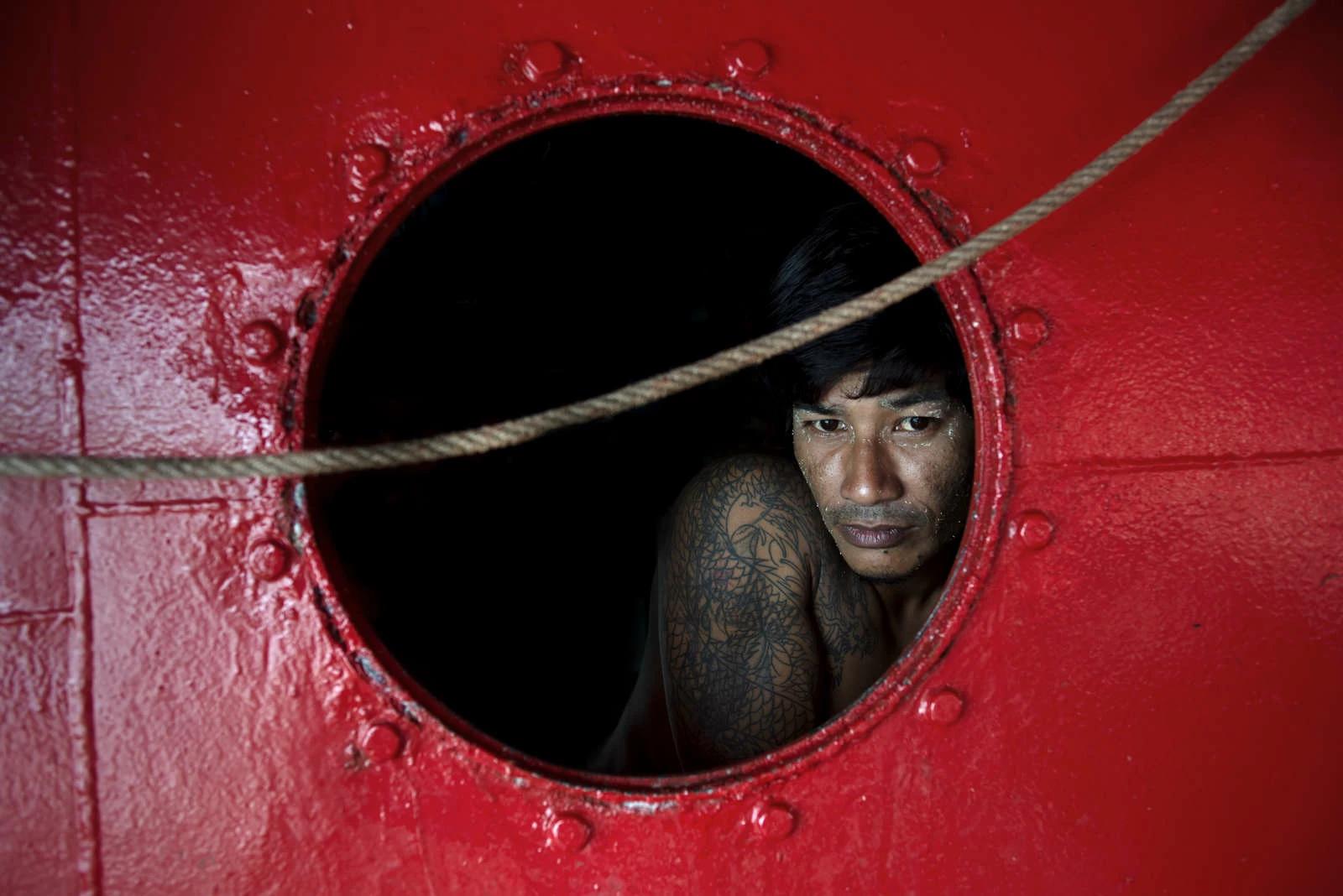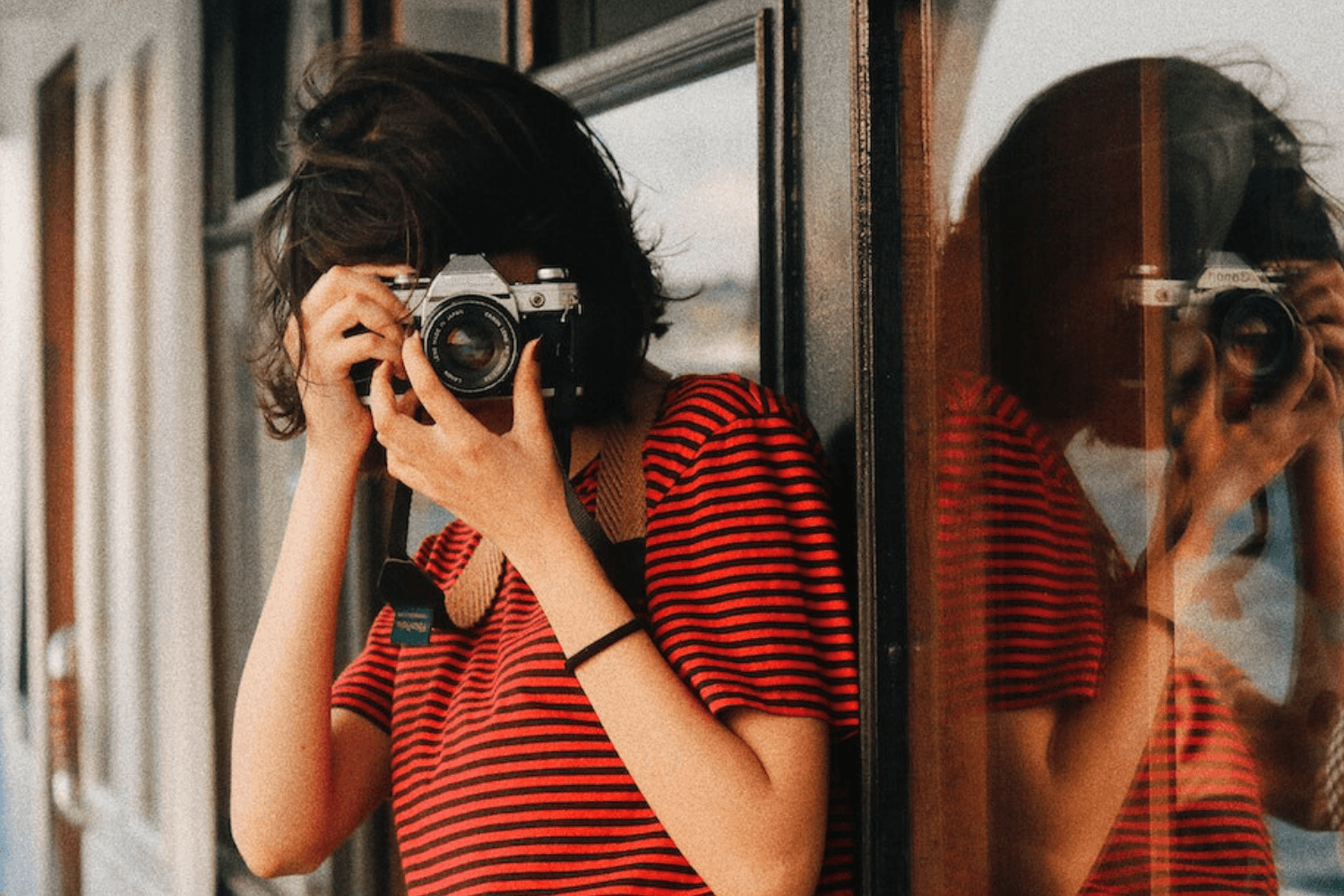Storytelling Through Pictures (Part 1, Conceptualizing)
Yvan Cohen
Wed Jul 24 2019
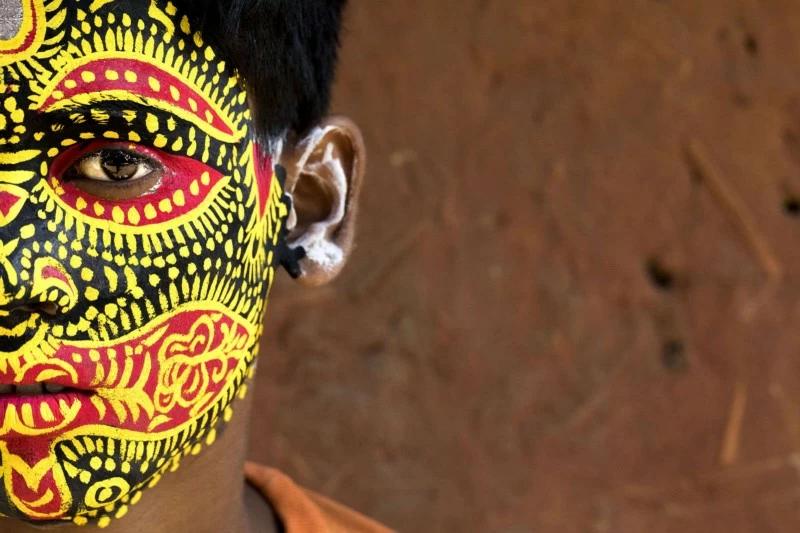
If you’re in the market for making a little money from your photography and haven’t tried it yet, you might want to consider diversifying from straight stock photography to creating photographic features and stories.
In a marketplace awash with stock images, earning income from single pictures has become increasingly hit and miss. As the number of images online increases, the chances an editor will select your picture becomes statistically smaller. Stock photography has become a numbers game in which photographers have to work ever harder to maintain a collection large enough for their work to be visible (assuming the work you are producing is of good quality, of course).
The beauty of a story (which is presented as a ‘gallery’ on LightRocket), however, is that by virtue of its meaning a story gives you a reason reach out to editors and publishers.
And if your idea is interesting enough you are giving them a reason to remember you too.
Instead of saying “please look at my pictures” which as a proposal lacks focus, you are saying “hey, I have this really great story idea I thought might interest you.” If you then present a story that has an angle, is built around an original idea and is well shot, your chances of capturing the attention of an editor, and of making a sale, rise significantly.
The flipside of creating stories is that they don’t just roll out of your camera; they are born of ideas (which means you have to put your thinking cap on), they take planning, they require access and careful editing and they may even need some up front investment too.
In this article we’re going to look at how to approach story telling through photography, helping you on the road to building a collection of marketable photographic essays.
 An old woman is looking at a guide robot which is on display at Incheon International Airport in Seoul / South Korea. See more images by Jonas Gratzer here.
An old woman is looking at a guide robot which is on display at Incheon International Airport in Seoul / South Korea. See more images by Jonas Gratzer here.
Finding an idea
It sounds obvious but it’s still worth stating out loud: if you want to create a saleable feature story, the first step is to come up with an idea — the more focused and original the better.
One place to kick off the story creation process is by looking in the media. Browse through magazines and newspapers and analyse the features you see there. This will give you a better understanding of the kinds of stories that get published.
When you review stories, imagine yourself in the shoes of an editor; think about why they chose to run that story and about why it might interest their readers.
If you’re ever going to produce a really great story, it’s important to feel inspired too.
Inspiration will be the seed from which your best work grows. So focus on areas of life or events that capture your imagination and fire up your passion as a photographer.
Start jotting down thoughts as they come to you. After a while you’ll end up with lists of candidate ideas.
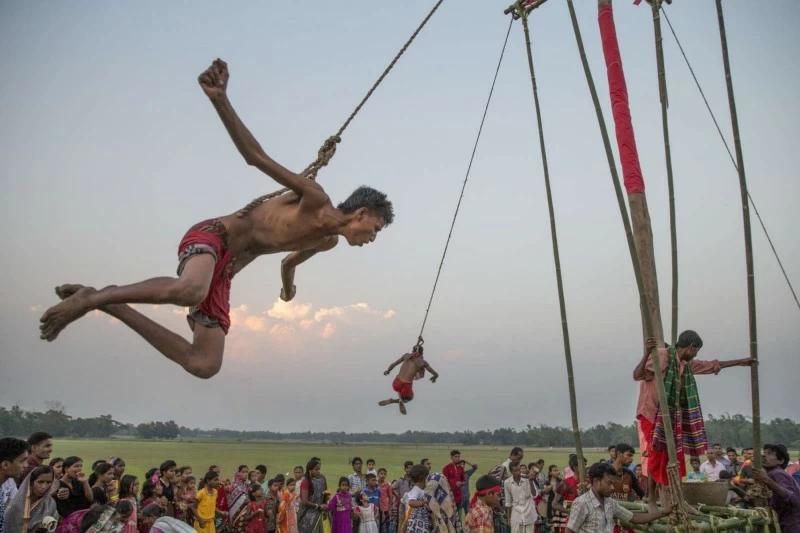 After body piercing and swirling hanging the devotees with charak tree for moving during ‘Charak Puja’ in Sylhet. It is also known as “Nil Puja”. See more images by Yousuf Tushar here.
After body piercing and swirling hanging the devotees with charak tree for moving during ‘Charak Puja’ in Sylhet. It is also known as “Nil Puja”. See more images by Yousuf Tushar here.
Finding an angle
Once you’ve sifted through your ideas and settled on a few that get your creative juices flowing, the next step is take your favorite ideas and see if you can give them an angle.
As a general rule, “the stronger the angle the more eye-catching your story will be when you present it to an editor.”
If you pitch a story about ‘London’, you are unlikely to snare an editor’s interest because you are covering well trodden territory. Your idea is not original and there’s no angle.
Instead look for a hook; that unique way of looking at a story, an angle that can’t be perceived at first glance but which will probably snare an editor’s imagination.
If we pursue our London example, you might refine your story pitch to something like ‘ London Through the Eyes of an Ambulance Worker’. Your story idea is instantly rendered more specific and has a much clearer angle (although in this case it might be a bit grisly too ;-).
If you take the process one step further and focus in on a woman ambulance worker, for example, you are getting market specific. Now your story will be of more interest to the gamut of publications targeting women — magazines like Marie Claire and Elle, for example.
Alternatively you could focus on a unique aspect of London that is universally recognizable but that takes your audience into a context they are unfamiliar with, thereby piquing their (and an editor’s) interest.
For example, you might pick an iconic aspect of London that resonates in people’s imaginations and then dig deeper — diving below the surface of the obvious. So while referring to iconic London landmarks like the Tower of London, you could develop an essay describing a day in the life of a Beefeater (for those of you who don’t know, Beefeaters are those impressive looking guards wearing red uniforms standing outside the Tower of London).
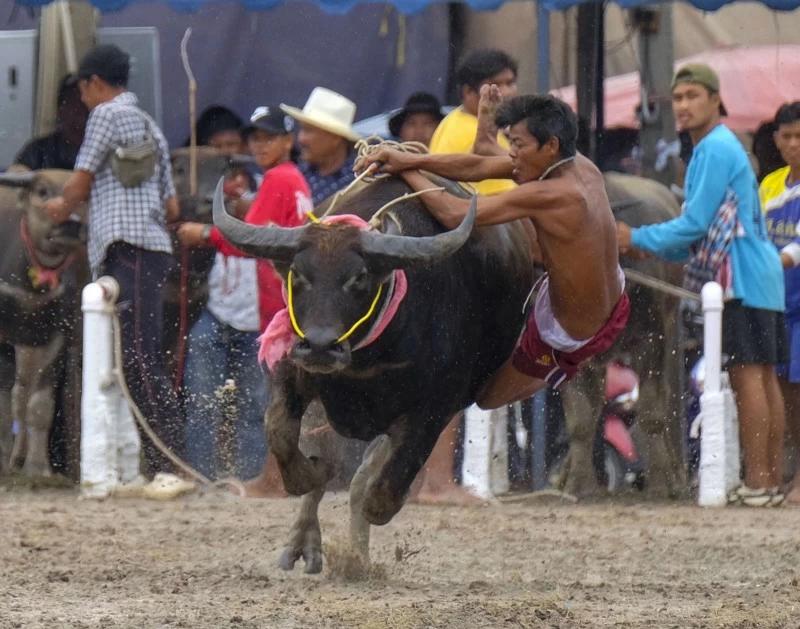 A rider falls from his animal as he competes at a festival honoring water buffaloes. The annual festival marks the end of Buddhist Lent. See more images by David Longstreath here.
A rider falls from his animal as he competes at a festival honoring water buffaloes. The annual festival marks the end of Buddhist Lent. See more images by David Longstreath here.
Don’t be too broad or overambitious
Because we often want to use our talents for a good cause — and because awareness is a role photojournalism plays so effectively — there is a natural tendency to want to highlight burning global issues; like poverty or child labour or AIDS.
It’s great to have the drive to want to develop public awareness of important issues but it’s probably wise, especially when you’re starting out, to set yourself more modest targets (especially if your goal is to actually get published).
Put yourself in the shoes of an editor. Of course essays describing issues such as poverty or child labour are important but what can you bring to our understanding of those issues? Plus if your reputation doesn’t precede you, your pictures are going to have to be pretty stunning to capture an editor’s attention.
In tackling a broad issue you are probably setting the bar too high. You’ll more than likely find editors’ eyes glazing over when you propose your story about a subject that is too broad. If you do want to tackle an important issue, make sure you find a unique angle and make sure you communicate your message through a specific story, ideally with a central character to whom readers can relate.
Read part two on how to execute these great ideas and produce fantastic photos: Storytelling Through Pictures (Part 2, Executing).
Written by Yvan Cohen | Yvan has been a photojournalist for over 30 years. He’s a co-founder of LightRocket and continues to shoot photo and video projects around South East Asia.
Cover photo by K.M. Asad
To read more helpful articles on photography, check out our blog page.
Join our growing photographer community at LightRocket and get powerful archive management and website building tools for free!
